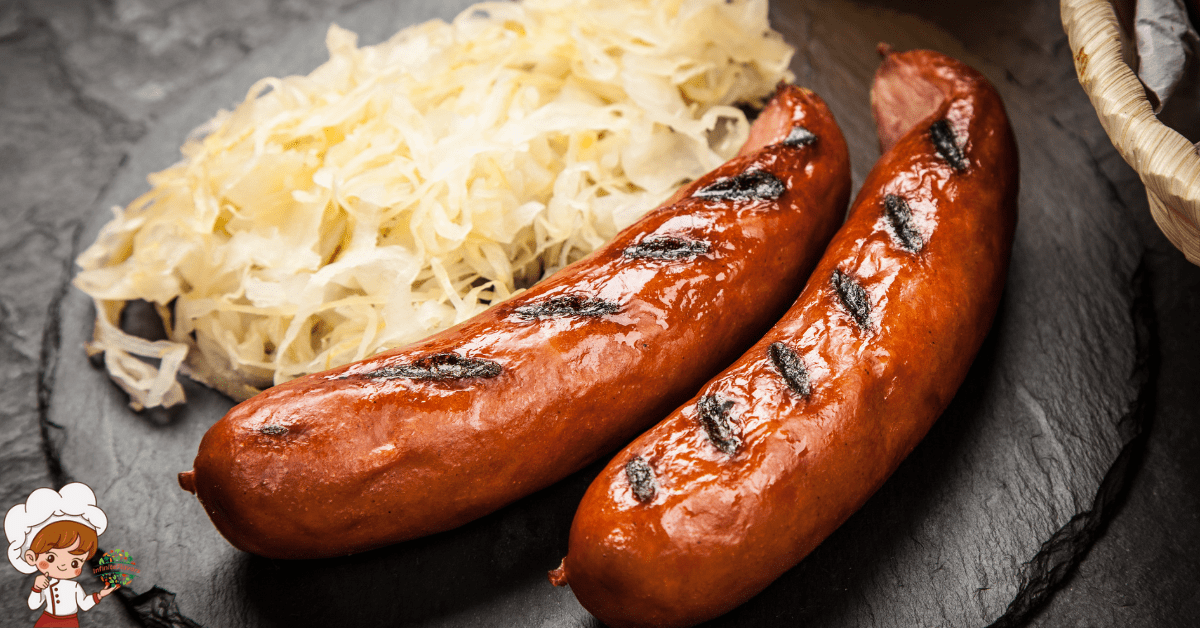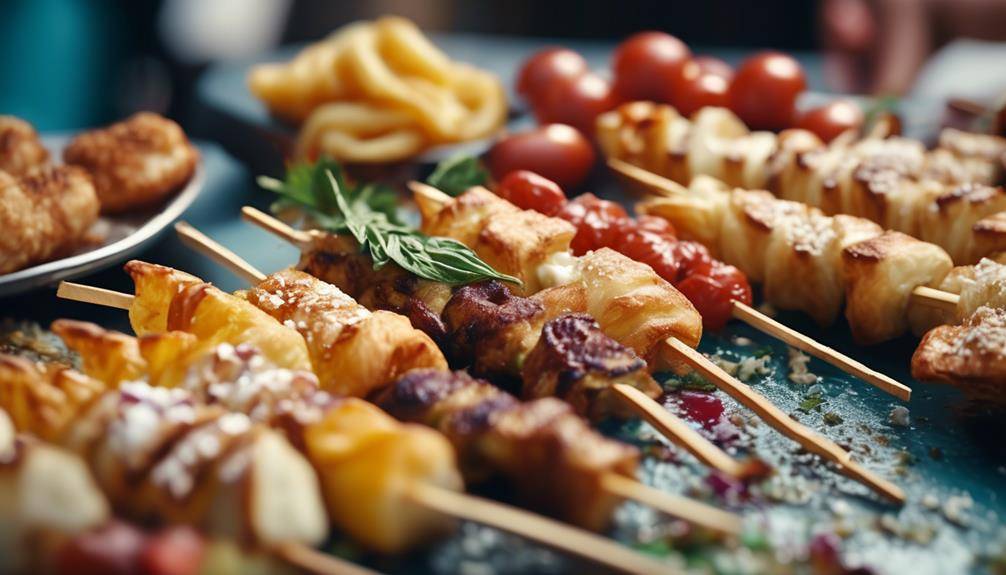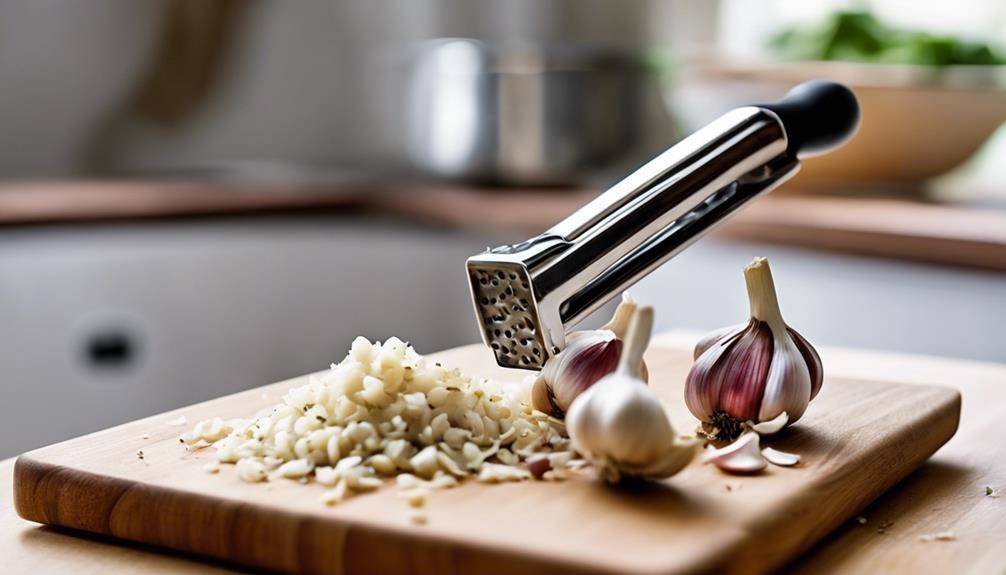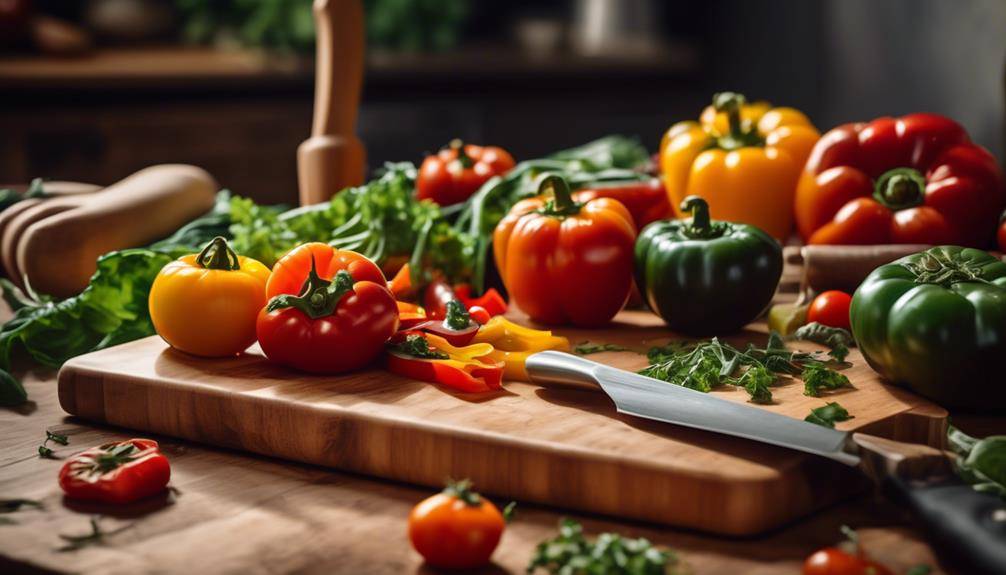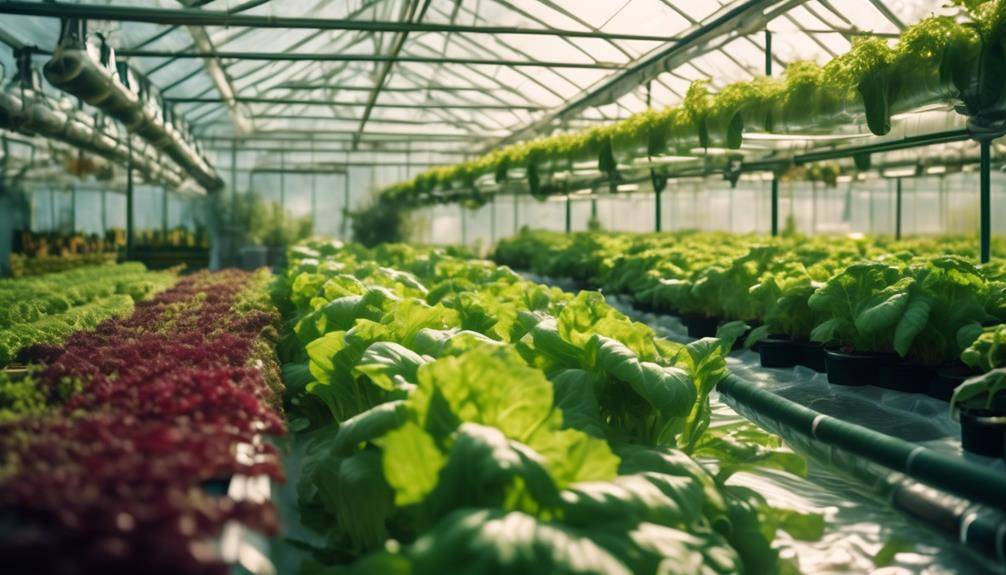Mastering Charcoal Grill: Best Innovative Grilling Techniques
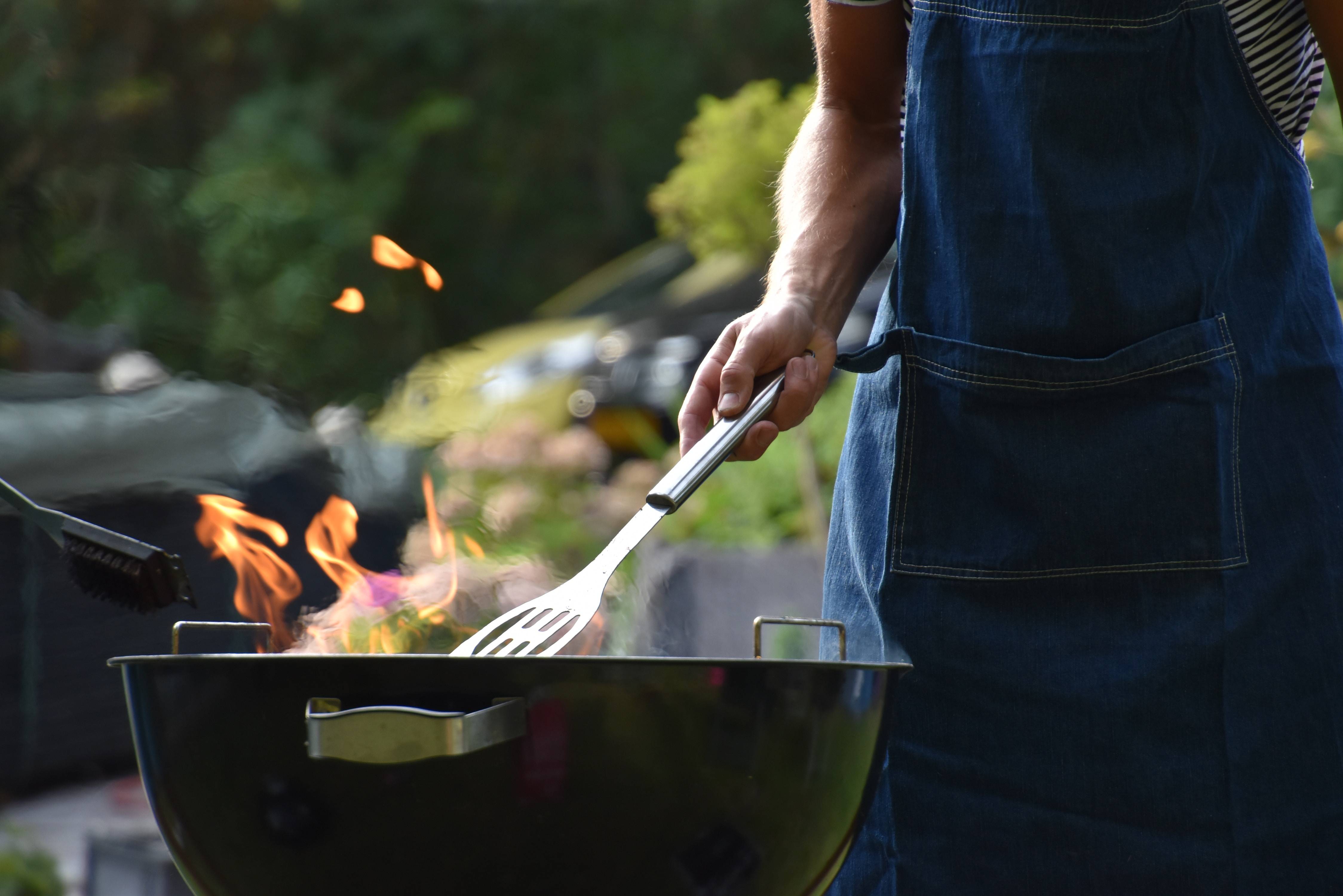
Mastering Charcoal; Are you tired of the same old grilling techniques? Well, here’s something you probably don’t know – there’s a whole world of innovative grilling techniques waiting to be discovered on your charcoal grill. In “Mastering Charcoal Grill: Innovative Grilling Techniques,” you’ll learn how to take your grilling game to the next level. From reverse searing to plank grilling, smoker box techniques to cooking with indirect heat, this guide has it all. You’ll also explore the art of rotisserie cooking, cedar plank grilling, and grilling with cast iron. So, get ready to impress your friends and family with mouthwatering dishes that are cooked to perfection on your charcoal grill. It’s time to become a grilling master!
Reverse Searing
To achieve optimal results when reverse searing, precision is key. This innovative grilling technique has gained popularity among barbecue enthusiasts for its ability to create a perfectly cooked steak with a deliciously caramelized crust. Reverse searing involves cooking the steak slowly over indirect heat before finishing it off with a quick sear over high heat. This method allows for even cooking throughout the steak, resulting in a tender and juicy interior.
One important aspect of reverse searing is choosing the right type of grill. While charcoal grills are often preferred for their smoky flavor, gas grills can also be used for this technique. Whichever grill you choose, make sure to set it up for indirect grilling by placing the coals or burners on one side and leaving the other side empty. This allows for a more controlled cooking environment.
Another key element in reverse searing is the use of a cedar plank. Cedar plank grilling adds a unique smoky flavor to the steak while also providing a natural barrier between the meat and the direct heat. Soak the cedar plank in water for at least 30 minutes before grilling to prevent it from catching fire. Once the plank is ready, place the steak on top and transfer it to the indirect heat side of the grill. Close the lid and let the steak cook slowly until it reaches your desired level of doneness.
Once the steak has been cooked to perfection, it’s time for the final step: the sear. Move the steak to the direct heat side of the grill and sear it for a couple of minutes on each side. This high heat will create a beautiful crust on the outside while keeping the interior tender and juicy.
Mastering the art of reverse searing takes practice, but with precision and the right tools, you’ll be able to achieve restaurant-quality results in the comfort of your own backyard. So fire up that grill, grab a cedar plank, and start experimenting with this innovative grilling technique. Your taste buds will thank you.
Plank Grilling
For plank grilling on a charcoal grill, you’ll need to prepare a cedar plank and soak it in water before placing your ingredients on top. Plank grilling is a unique and flavorful cooking method that infuses your food with the aromatic essence of cedar. Here are five reasons why you should try plank grilling with a cedar plank:
- Enhanced flavor: The cedar plank imparts a smoky and woodsy flavor to your food, elevating the taste to a whole new level. Whether you’re grilling salmon, chicken, or vegetables, the cedar plank adds a delightful depth of flavor.
- Moisture retention: Soaking the cedar plank in water before grilling helps to keep your food moist and tender. As the plank heats up, it releases steam, creating a moist cooking environment that prevents your ingredients from drying out.
- Natural cooking surface: Unlike metal grates, a cedar plank provides a natural and rustic surface for grilling. It adds a unique touch to your presentation and creates beautiful grill marks on your food, making it visually appealing.
- Easy cleanup: Plank grilling on a cedar plank makes cleanup a breeze. Simply discard the plank after use, and you won’t have to worry about scrubbing stubborn grill grates or dealing with grease buildup.
- Versatility: Cedar planks can be used for a variety of ingredients, from seafood and poultry to vegetables and even desserts. The smoky aroma of cedar enhances the natural flavors of any food, making it a versatile option for all your grilling adventures.
Smoker Box Techniques
Ready to take your grilling game to the next level? It’s time to explore the art of smoker box techniques. By using a smoker box, you can enhance the smoky flavors of your grilled dishes, giving them that irresistible BBQ taste. Plus, we’ll share some temperature control tips to ensure your food is cooked to perfection every time. Get ready to elevate your grilling skills and impress your friends and family with mouthwatering, smoky creations.
Enhancing Smoky Flavors
When using a charcoal grill, you can enhance the smoky flavors of your food by incorporating smoker box techniques. Here are some smoky flavor enhancers and wood chip smoking techniques to take your grilling to the next level:
- Wood chip selection: Choose the right type of wood chips, such as hickory, mesquite, or applewood, to complement your ingredients.
- Soaking the chips: Soak the wood chips in water or another liquid, like beer or apple juice, to create more smoke and infuse additional flavors.
- Placement of the smoker box: Position the smoker box directly on the charcoal or heat source for maximum smoke production.
- Timing: Add the wood chips to the smoker box at the beginning for a more intense smoky flavor or towards the end for a milder taste.
- Experimentation: Don’t be afraid to try different combinations of wood chips and ingredients to discover unique and delicious flavor profiles.
Temperature Control Tips
Looking to achieve precise temperature control on your charcoal grill? Look no further! Two effective techniques for maintaining the perfect temperature are grilling with charcoal baskets and using water pans.
Grilling with charcoal baskets allows you to control the heat distribution by separating the coals. By placing the baskets on opposite sides of the grill, you can create zones of different temperatures. This is especially useful when cooking different types of food that require varying heat levels.
Another technique is using water pans for temperature control. Placing a water pan between the charcoal and the food acts as a heat barrier, preventing direct heat from reaching the food. The water also adds moisture to the air, keeping your food juicy and tender.
Charcoal Grilling With Indirect Heat
When it comes to charcoal grilling, using indirect heat can take your grilling game to a whole new level. Not only does it result in better flavor, but it also ensures that your meat is evenly cooked. By placing the coals to one side of the grill and cooking the meat on the other side, you create a gentle and indirect heat that allows for slow and steady cooking, resulting in tender and juicy meat every time. So, if you want to elevate your grilling skills, mastering the art of charcoal grilling with indirect heat is a must.
Better Flavor With Indirect Heat
To achieve a richer flavor when grilling with charcoal, try using a moderate amount of indirect heat. This technique not only enhances the taste but also allows for even cooking. Here are five reasons why you should give indirect heat a try:
- Grilling vegetables: Indirect heat is perfect for grilling delicate vegetables like asparagus and zucchini. It prevents them from burning and helps retain their natural flavors.
- Infusing flavors: Indirect heat allows you to infuse your food with smoky flavors without the risk of charring. This is especially great for meats like chicken and pork, which benefit from a slow and gentle cooking process.
Evenly Cooked Meat
Achieve evenly cooked meat on your charcoal grill by using the technique of grilling with indirect heat. This method allows for a more controlled cooking environment, ensuring that your meat is cooked to perfection. When grilling with indirect heat, the charcoal is placed on one side of the grill, while the meat is placed on the other side. This creates a zone of indirect heat, which cooks the meat slowly and evenly.
Not only does this technique prevent the meat from burning or drying out, but it also allows for the development of perfect grill marks. The result? Juicy and tender meat that is sure to impress your guests. So next time you fire up the grill, give indirect heat a try and elevate your grilling game to a whole new level.
Rotisserie Cooking
Get ready to elevate your grilling game by incorporating rotisserie cooking into your repertoire. Rotisserie cooking is a technique that involves skewering meat on a rotating spit, allowing it to cook evenly and retain its juices. It’s a great way to add flavor and tenderness to your dishes. Here are five reasons why you should give rotisserie cooking a try:
- Juicy and flavorful: Rotisserie cooking helps to seal in the natural juices of the meat, resulting in tender and succulent dishes. Whether you’re grilling chicken, beef, or even vegetables, the rotating motion ensures that the flavors are evenly distributed.
- Crispy and golden skin: One of the highlights of rotisserie cooking is the crispy and golden skin that it produces. The constant rotation allows the heat to reach every part of the meat, creating a beautiful caramelized exterior that is both visually appealing and delicious.
- Versatility: Rotisserie cooking isn’t just limited to whole chickens or roasts. You can also use it for kebabs, sausages, and even fruits. The possibilities are endless, and you can get creative with your flavor combinations and marinades.
- Efficiency: Rotisserie cooking is a time-saving method. Once you’ve set up the spit and secured the meat, you can let the grill do the work while you focus on other tasks. It’s a convenient way to cook for a crowd or when you want to multitask in the kitchen.
- Impressive presentation: There’s something undeniably impressive about serving a perfectly cooked rotisserie dish. The beautiful display of rotating meat is sure to impress your guests and make you feel like a true grill master.
Cedar Plank Grilling
Try grilling your favorite seafood on a cedar plank for a smoky and flavorful twist. Cedar plank grilling is a unique and delicious way to cook your food on a charcoal grill. Not only does it infuse your food with a subtle smoky flavor, but it also helps to keep your food moist and tender.
There are many cedar plank grilling ideas that you can try. One popular option is to grill salmon on a cedar plank. The natural oils in the cedar plank help to enhance the flavor of the salmon, giving it a rich and smoky taste. Another idea is to grill shrimp or scallops on a cedar plank. The cedar plank adds a depth of flavor to the seafood, making it even more delicious.
One of the benefits of using cedar planks for grilling is that they create a natural barrier between the food and the heat source. This helps to prevent the food from burning or sticking to the grill grates. The cedar plank also helps to keep the food moist by trapping in the natural juices.
To prepare for cedar plank grilling, soak the cedar plank in water for at least 30 minutes before grilling. This helps to prevent the plank from catching fire on the grill. Once the plank is soaked, place your seafood directly on top of the plank and place it on the grill. Close the lid and let the cedar plank work its magic.
Grilling With Cast Iron
Enhance your grilling skills by incorporating cast iron into your cooking repertoire on the charcoal grill. Grilling with cast iron offers a unique and flavorful experience that you won’t want to miss. Here are five reasons why you should give it a try:
- Superior heat retention: Cast iron is known for its excellent heat retention properties. When you cook on a cast iron grill, it retains heat evenly and for a longer time, allowing your food to cook more evenly and develop rich flavors.
- Versatility: Whether you’re grilling steak, vegetables, or even delicate seafood, cast iron can handle it all. Its even heat distribution ensures that your food is cooked to perfection every time.
- Excellent searing capabilities: Cast iron grates provide a superior sear on your meats, creating a mouthwatering crust that locks in all the juices and flavors. Say goodbye to dry and bland meat!
- Easy maintenance: Unlike stainless steel grills, cast iron is naturally non-stick when properly seasoned. It requires minimal cleaning and maintenance, making it a convenient choice for grilling enthusiasts.
- Compatibility with other materials: Cast iron works well with other grilling materials like stainless steel and ceramic. You can easily combine a cast iron grill with stainless steel tools for a seamless grilling experience. Additionally, using cast iron in conjunction with ceramic heat diffusers can help distribute heat evenly, ensuring consistent cooking results.
Mastering Charcoal; Frequently Asked Questions
Can I Use a Charcoal Grill for Reverse Searing?
Yes, you can definitely use a charcoal grill for reverse searing! It’s one of the alternative grilling methods that allows you to cook the steak low and slow before giving it a final sear for that perfect crust.
What Types of Wood Can I Use for Plank Grilling?
You can use different types of wood for plank grilling. Each type of wood brings its own unique flavor to your food. The benefits of using different types of wood include adding depth and enhancing the taste of your grilled dishes.
How Can I Achieve a Smoky Flavor Using a Smoker Box on a Charcoal Grill?
To achieve a smoky flavor using a smoker box on your charcoal grill, simply soak wood chips in water for 30 minutes, then place them in the smoker box. This will create smoke infused dishes, enhancing the grilled flavor.
What Are Some Tips for Grilling With Indirect Heat on a Charcoal Grill?
To achieve perfect grill marks and control the temperature for even cooking on a charcoal grill, there are a few tips. Start by setting up a two-zone fire, with direct heat for searing and indirect heat for slower cooking.
Can I Use a Rotisserie Attachment on a Charcoal Grill for Cooking Meat?
You can definitely use a rotisserie attachment on a charcoal grill to cook meat. It has its benefits, like even cooking and juicy results. Explore different meat cuts and recipes for a delicious rotisserie experience on your grill.
Conclusion
In conclusion, mastering the art of charcoal grilling requires experimenting with innovative techniques. From reverse searing to plank grilling, smoker box techniques to grilling with indirect heat, and even rotisserie cooking and cedar plank grilling, the possibilities are endless. Don’t forget to try grilling with cast iron for that extra flavor. By exploring these techniques, you can elevate your grilling game and impress your friends and family with delicious and perfectly cooked meals. So fire up that charcoal grill and let your creativity shine!



